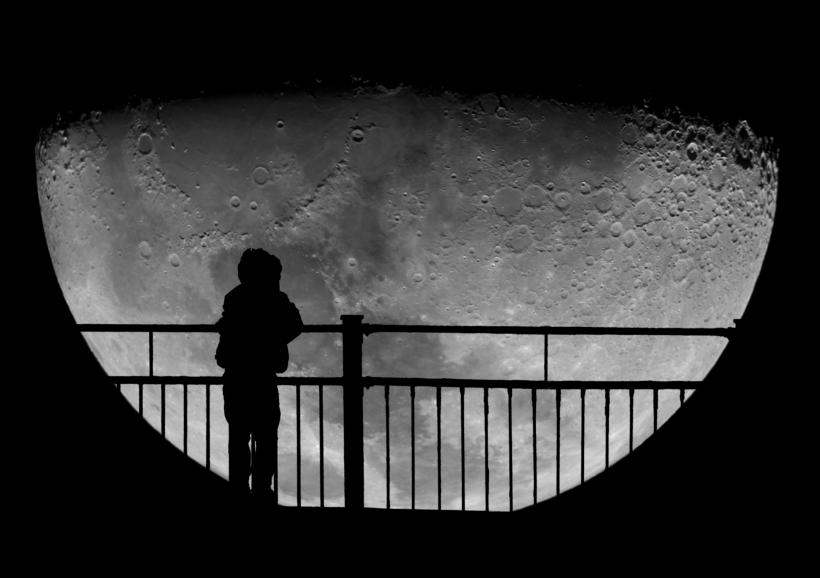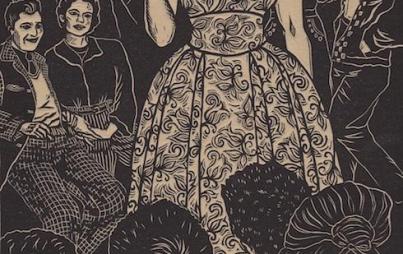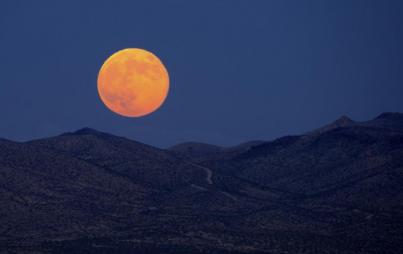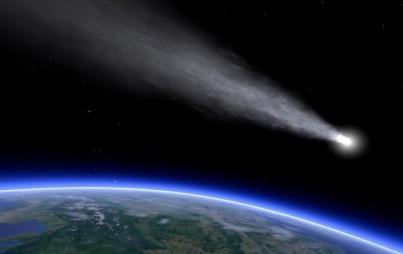
Oh dark side of the moon. You never face toward Earth, and enshroud yourself in mystery. But scientists are looking to draw you out of your shell, one curiosity at a time.
This time, astrophysicists from Penn State believe they’ve solved a puzzle dating back to 1959—when a Soviet spacecraft captured the first images of the moon’s elusive dark side. The photos revealed the shadowed portion is missing the dark flat areas (known as maria) present on the side facing us. But why would our half have maria in spades, but the other side have hardly any?
Creation of the Moon
The answer dates back to the very origins of the moon. Researchers based their work on the hypothesis that a planet the size of Mars hit Earth about 4.5 billion years ago (which, as you can imagine, created quite an epic collision). This intergalactic object coupled with the jettisoned outer layers of Earth formed our luminous lunar orb. Both the Earth and moon were red hot at this point, but the dark side of the moon facing toward the bitter coldness of space cooled faster, leading its surface to condense into a harder, thicker crust than on the effervescently light side.
Meteor Resistance
So as for the maria? Later meteors punched through the flimsier surface of the light side and released lava from within that created these black areas. But that crusty old dark side mostly held strong against the rocky peltings: It incurred mountains and craters, but very little maria.
Gotcha, dark side. Sadly, your eternal ability to hide yourself from our view still gets you the last laugh however.
Image: ThinkStock






